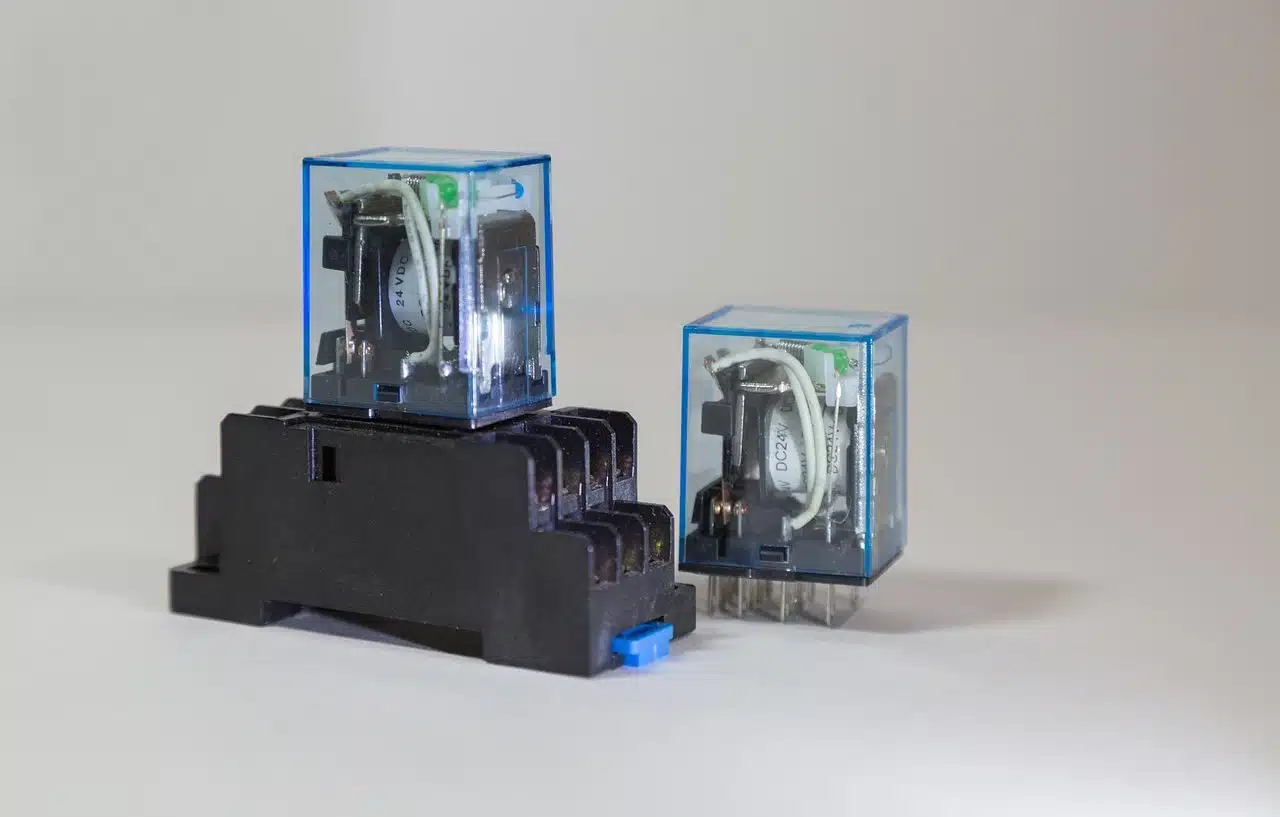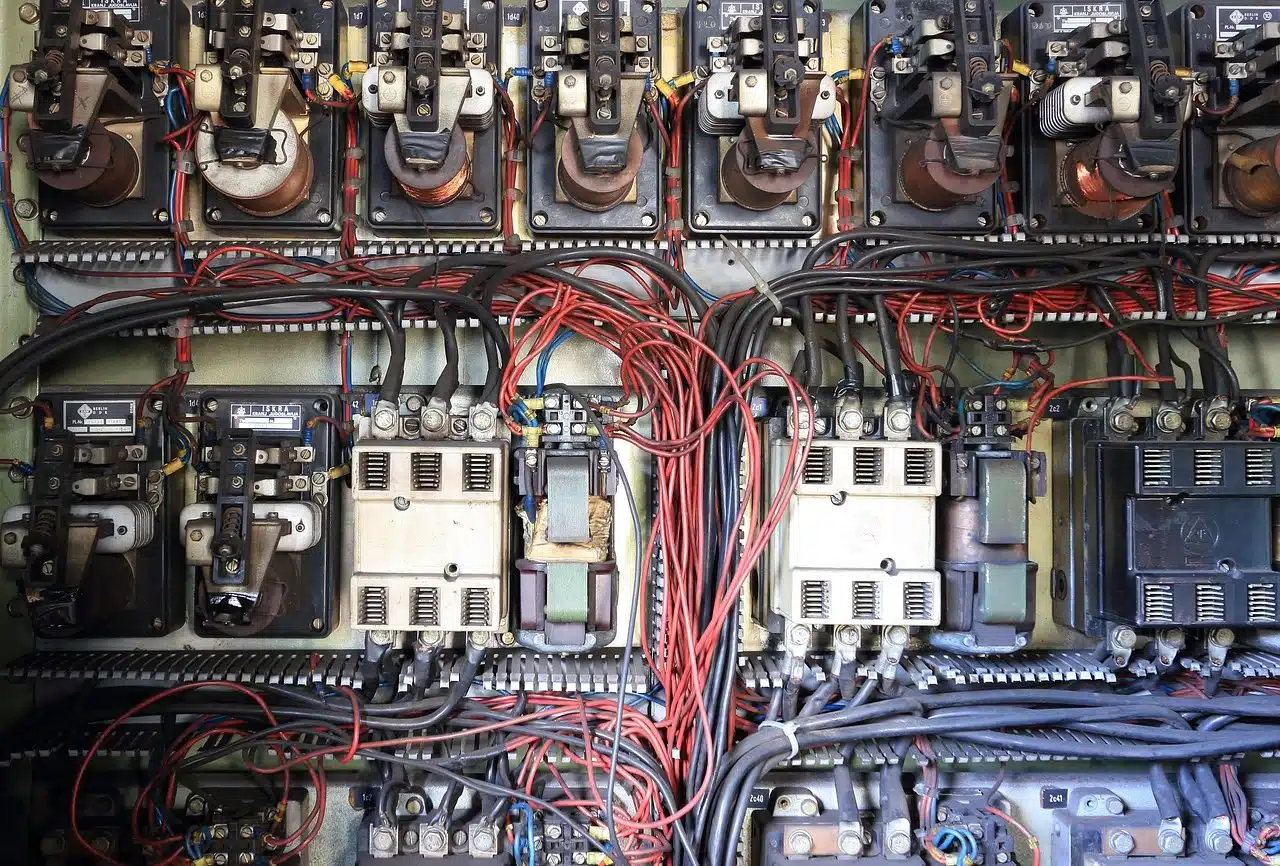
A relay is a switch controlled by an electrical circuit.
A relay is a switch whose control is carried out by an electrical circuit. Developed in the first half of the 19th century by the American physicist Joseph Henry , through a coil and an electromagnet it affects various contacts for the opening or closing of other circuits, which function independently.
What the coil does is create a magnetic field that leads the contacts to establish a connection. The electromagnet , for its part, allows the contacts to close. In this way, the relay - also known in some countries as a relay or relay - acts as a switch that can promote the passage of electric current or its interruption.
relay function
Relays, in short, allow remote switching to be developed, controlling high voltages with a low return voltage . They also serve to interrupt the AC power supply. Automobiles and telephone exchanges , for example, have relays.
In simpler words, the relay allows controlling a large amount of electricity by operating with a very small amount. These are instruments that provide greater security in different devices that operate with the use of electrical energy , since their contacts allow opening or closing electrical circuits (that is, generating or interrupting the connection ).

There are different types of relays.
Classification according to type
Depending on how long it takes to deactivate and activate, the intensity they tolerate and the number of contacts, it is possible to classify the relays in different ways:
Electromechanical relay
This, in turn, is divided into several types:
- Armor type : it is the oldest, but this does not mean that it is also the most used in a large number of applications. It consists of an electromagnet that, when excited, generates the tilting of an armature, through the closing or opening of the contacts depending on whether it is normally closed (NC) or normally open (NO).
- Mobile core : where the previous one has an armature, this one has a piston. Since it has a greater force of attraction, it becomes necessary to use a physical device known as a solenoid to close the contacts. The solenoid can generate an extremely intense and highly uniform magnetic field inside, and with little intensity outside.
- Reed : It is also known as a reed , and consists of a glass bulb that has within it a series of contacts arranged on top of thin metal sheets.
solid state relay
It is a hybrid circuit that is usually made up of a device such as the triac , which serves to interrupt the power, a trigger circuit, which is responsible for detecting the passage of the line current through zero, and an optocoupler, for entrance isolation.
The origin of its name is that it resembles an electromechanical one and its most common applications involve the constant use of contacts that would wear out a conventional relay too much, and the switching of high amperages that could destroy the contacts of an electromechanical relay in a very short time. time.
AC relay
By exciting the coil of a relay with alternating current, the magnetic flux also becomes alternating and this produces a force on the double- frequency , pulsating type contacts. In some parts of the world, such as Latin America and certain European countries, the contacts of a relay connected to a network oscillate at 2 x 50 Hz, while in North America they oscillate at 2 x 60 Hz (something that is used as a base of buzzers and doorbells); An alternating current relay has the mission of modifying the resonance to avoid said oscillation.
